5 Levels Of Technology Integration In Curriculum
Incorporating levels of technology integration in learning isn’t new. In the ’80s, many schools had calculators & computers & taught coding.
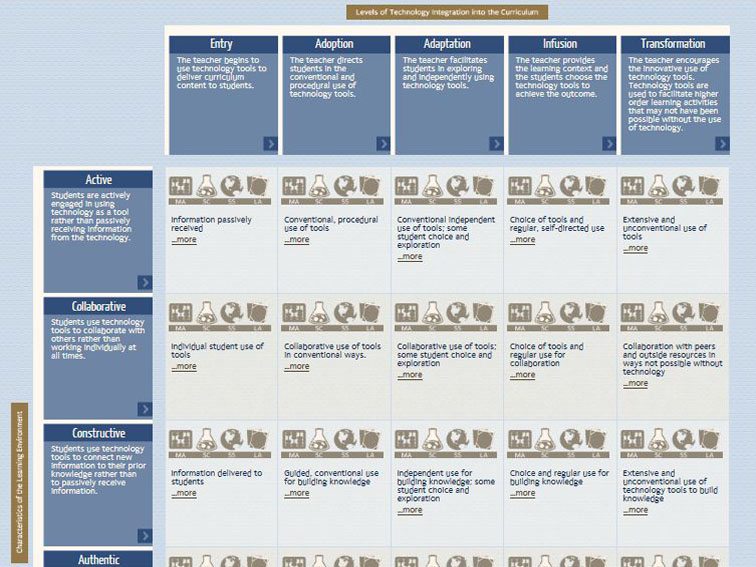
Incorporating levels of technology integration in learning isn’t new. In the ’80s, many schools had calculators & computers & taught coding.
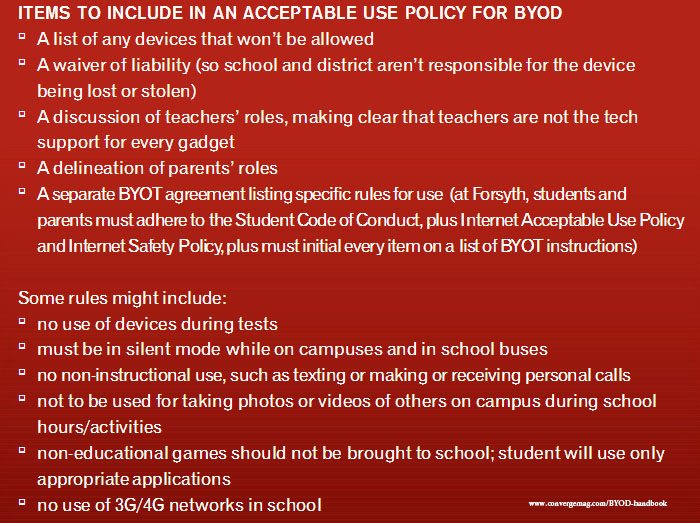
In this BYOT handbook by convergemag.com, you’ll find 10 checklists for creating–or simply checking–your BYOT plan.
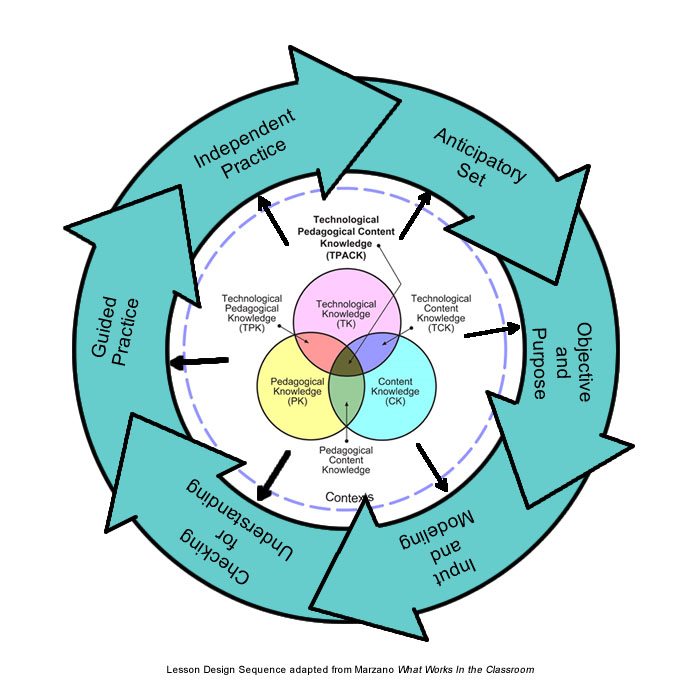
This basic lesson design closely follows the gradual release of responsibility model and has been used as a template for decades in schools.
by edshelf: Reviews & recommendations of tools for education Use iPads in your classroom? Then you will need this collection of essential tools. All work on the iPad, either as a mobile app or an iPad-compatible website. This collection is curated by Melissa Hero, a high school biology and AVID teacher. Included are stalwarts such as Quizlet…
When students are passionately engaged in their learning there are myriad brain responses making connections and building schema.
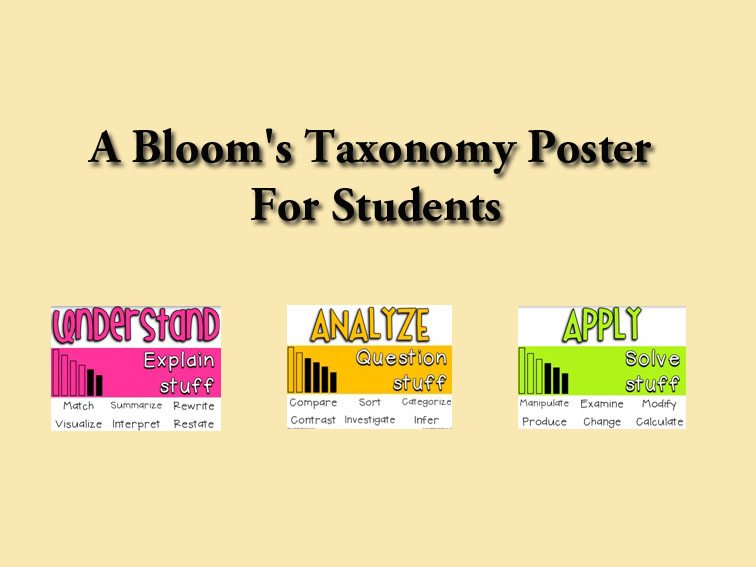
Bloom’s taxonomy–and others like Webb’s Depth of Knowledge –are powerful frameworks for planning curriculum, assessment, and instruction.

contributed by Jen Mozen, Delivery Principal at Table XI and Organizer of Girl Develop It Chicago With all of the hype surrounding fast-growing tech startups, as well as discussions about improving our education system, teaching kids how to code is top of mind for many people these days. Large scale change is in our future,…
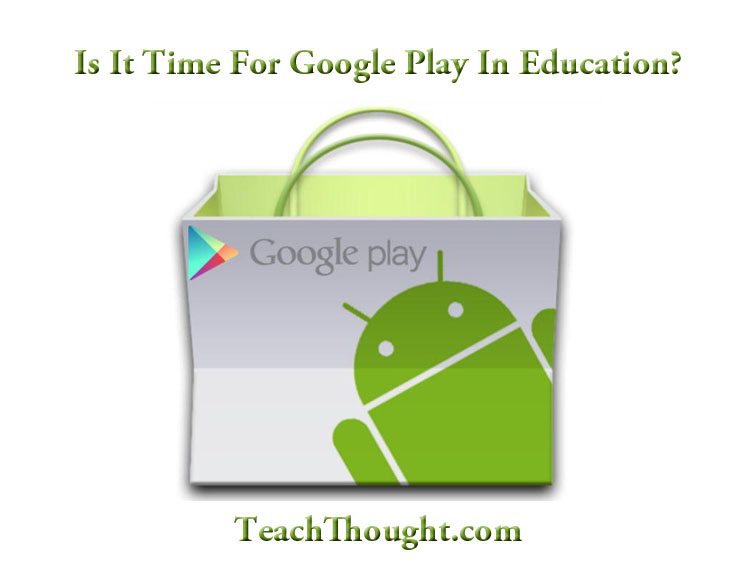
Long gone are the days when Google was simply an Internet search engine–in the space of just a few years, it has become a purveyor of every kind of tech product across all categories: Android, Chrome, Maps, Google+, Hangouts. Now students and teachers in K-12 schools may be joining the long list of gaga Google…
Do you allow yourself permission to innovate wildly? Do you work in a place that gives you the freedom to innovate wildly?
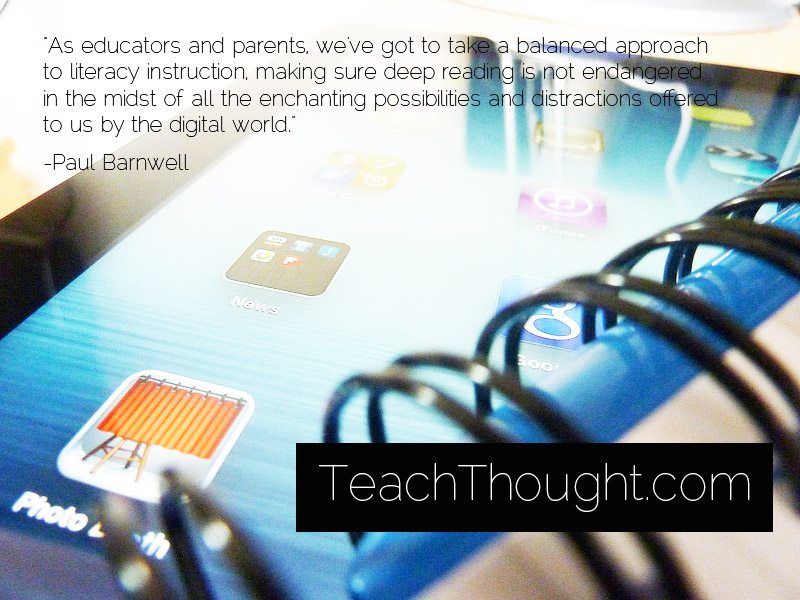
Digital reading, hyperlinks, and Tweets can provide all of our text consumption without second thought–especially for the youth.
The dangers of human virtue include politics without principles, worship without sacrifice, science without humanity, & wealth without work.
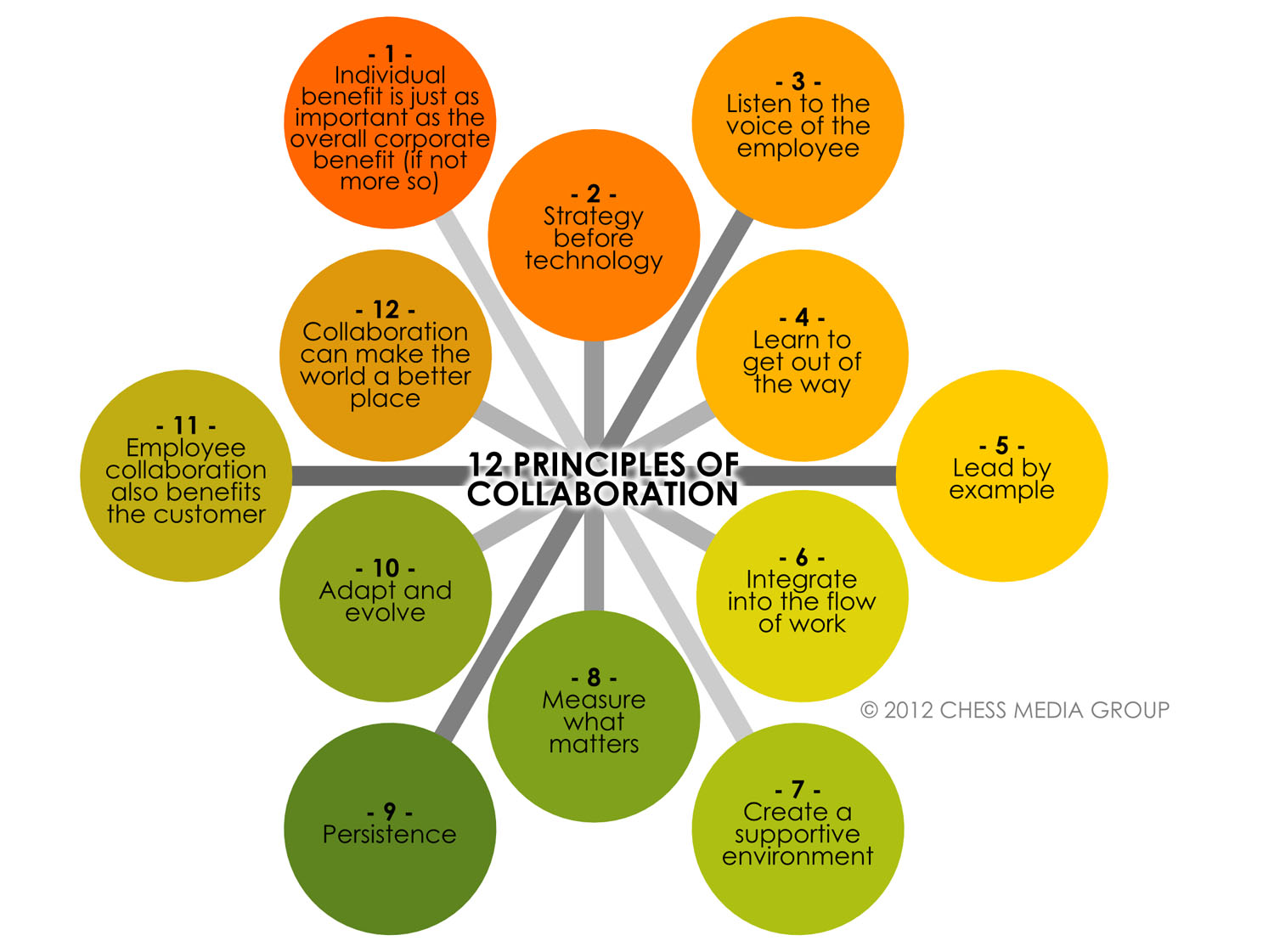
Key principles of collaboration in learning include balancing individual & group benefit, thinking strategy before tech, & always evolving.